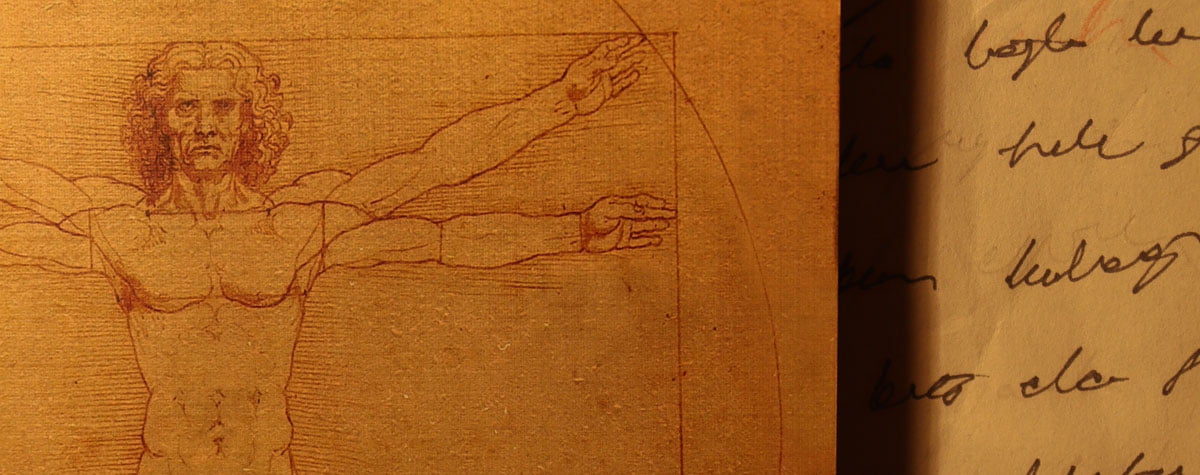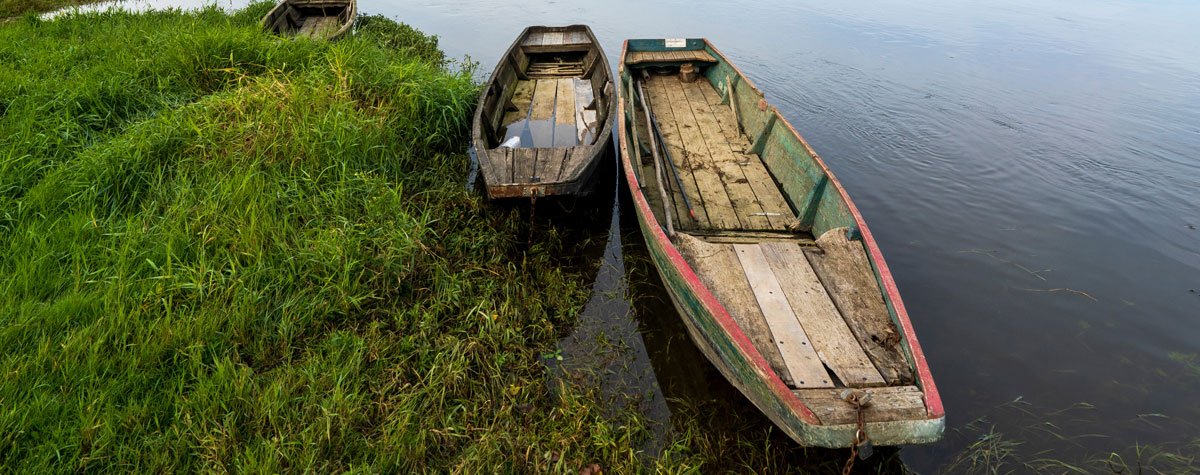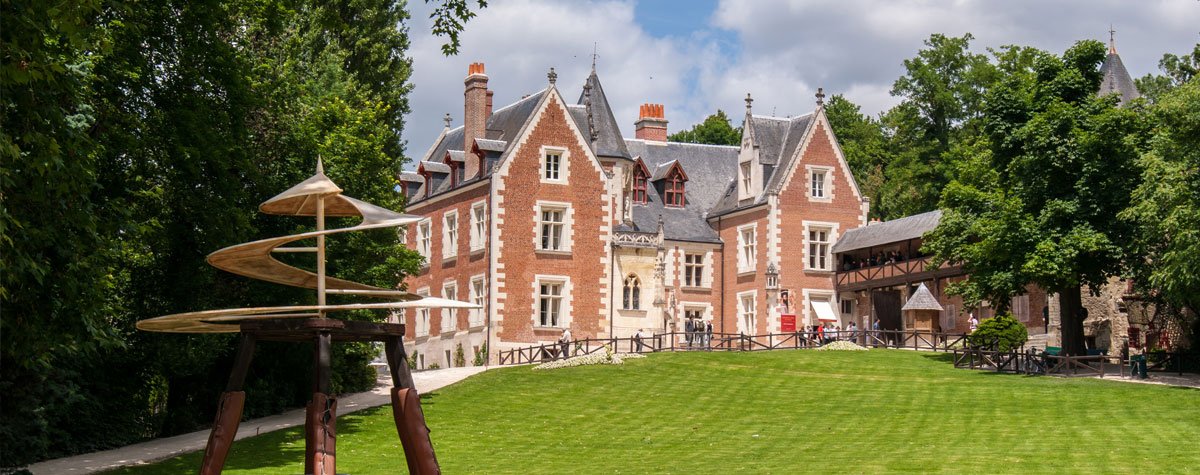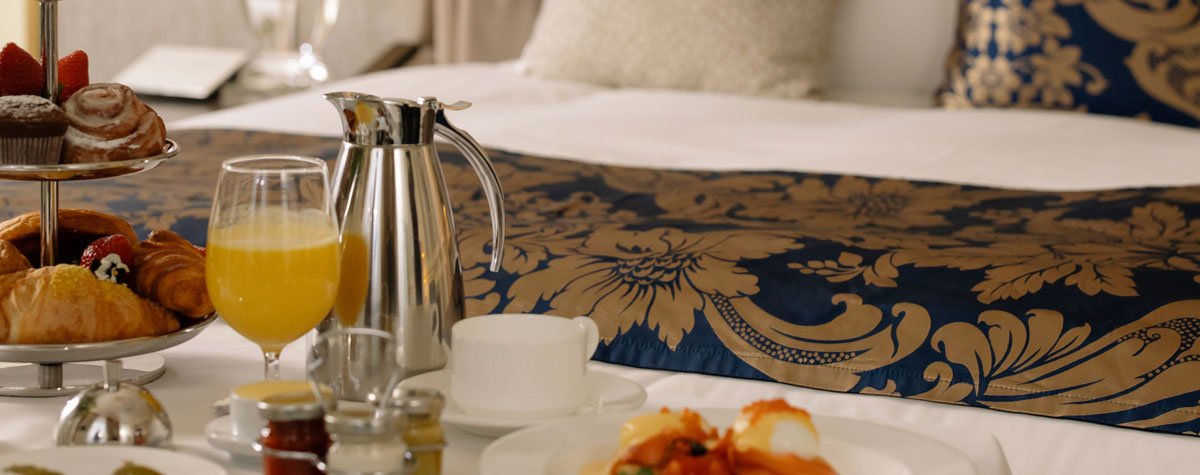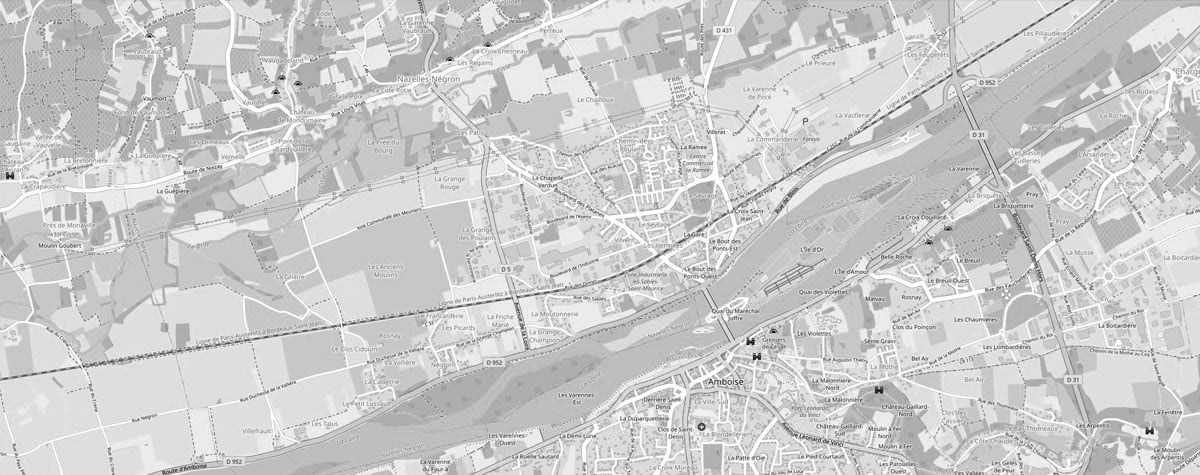Royal Chateau of Amboise
Royal Chateau of Amboise
The Royal Chateau of Amboise is without doubt the cradle of the Renaissance in France, and the first of the Renaissance Châteaux. Of its medieval origins, only a few elements remain within its impressive ramparts, such as the Tour Garçonnet, which overlooks the Loire River. In fact, King Charles VIII was responsible for the construction of this elegant palace, designed to house the court in the heart of the Loire Valley. Born in Amboise on June 30, 1470, Charles VIII grew up in the old château, which had been rebuilt by his father Louis XI on the foundations of a medieval fortress. But it was his discovery of the fantastic Italian landscape, its gardens and its revolutionary architecture for the time, that led the sovereign to transform his good city of Amboise, and first and foremost its château, into a Renaissance marvel.

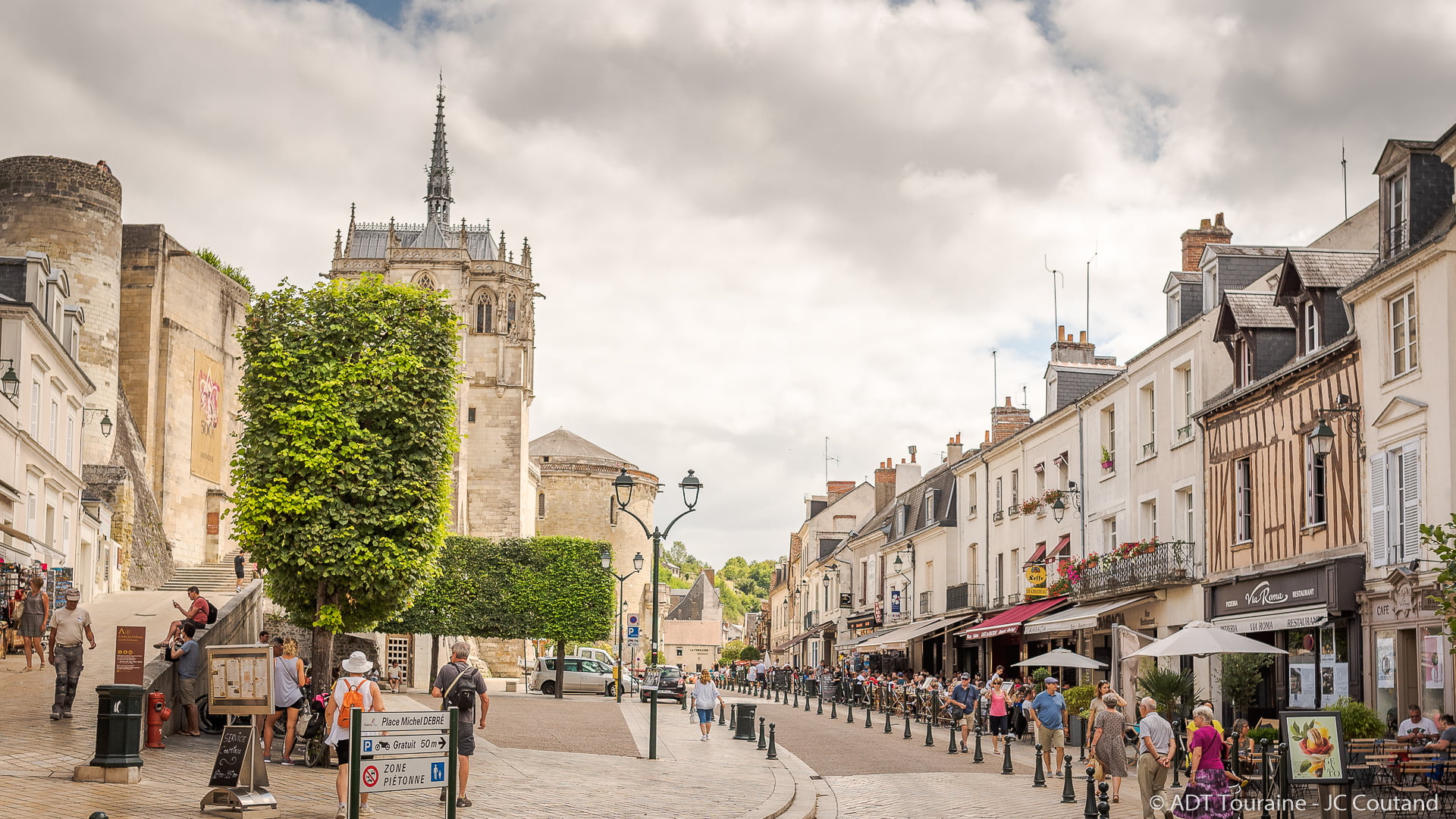
Italy at the origins of the Royal Chateau of Amboise
In 1494, King Charles VIII assembled the royal army for what was to become the first Italian War. Eager to be crowned King of Naples, he crossed the Alps, taking one of Italy’s most beautiful cities, such as Florence and Rome, after another, before defeating his rival, the King of Aragon. Enthralled by the beauties of 16th-century Italy, he assembled a troupe of dozens of Italian artists and craftsmen, with the mission of bringing back to France, in addition to the many treasures he had collected, a new art of living, since christened the “Renaissance”. Amboise and its châteaux served as a life-size testing ground for all these artists of genius.
Today’s visitor will find it hard to imagine the impressive building erected for the King as early as 1495! Indeed, today’s Royal Chateau of Amboise retains barely a quarter of the original monument. The two-storey royal dwelling now houses the King’s bedroom, dining room, council chamber, etc. At the end of the 15th century, the plateau overlooking the Loire was dotted with buildings linked by galleries and passageways. At their heart was the magnificent collegiate church of Saint Florentin. Abandonment and destruction have unfortunately reduced the built area to twenty percent of its original size, but the prestige of the site remains.
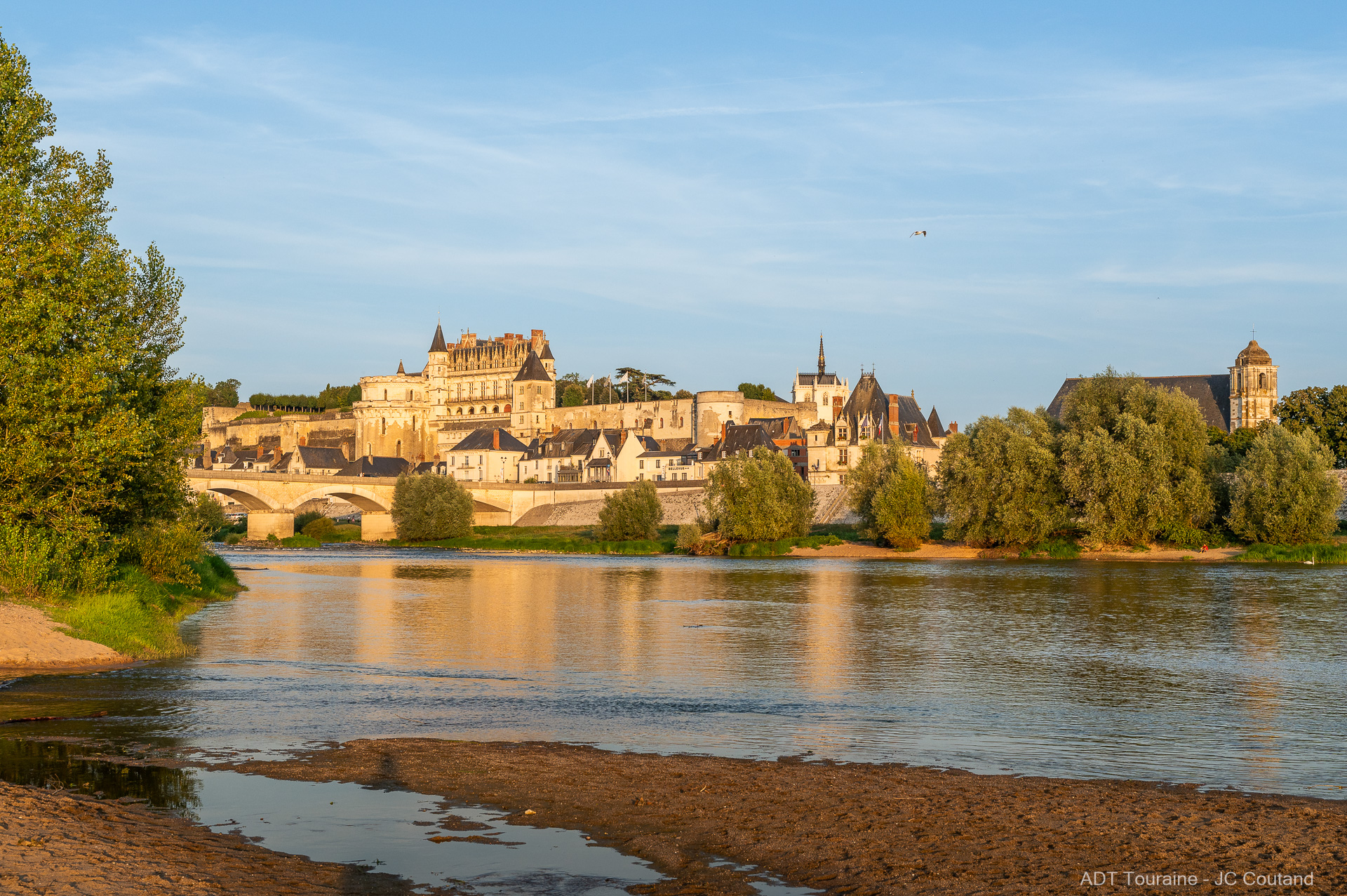
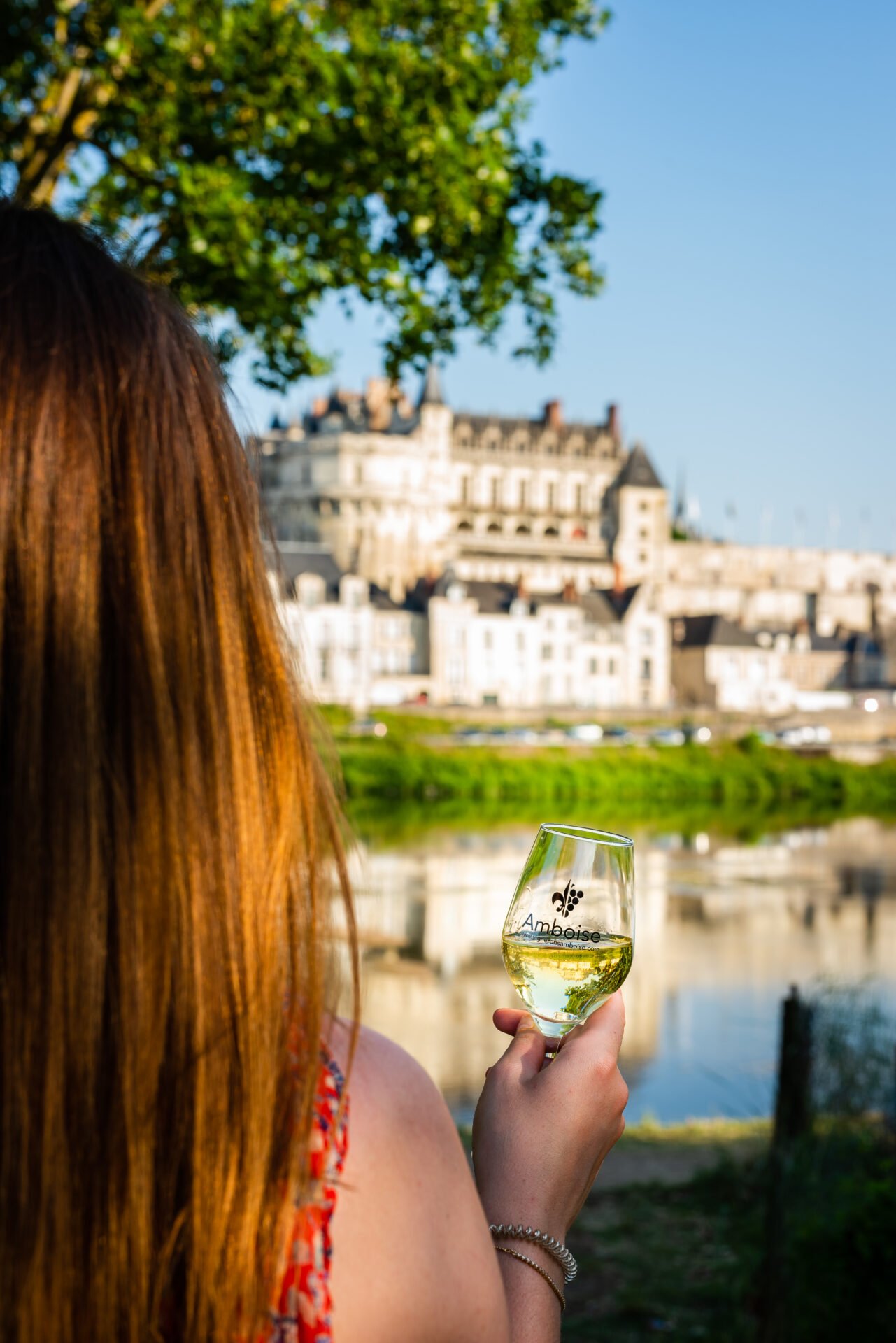
The death of King Charles VIII at the Royal Chateau of Amboise
Excitement was at its peak on April 7, 1498. The King is organizing a Jeu de Paume tournament at the Royal Chateau of Amboise. The corridors are crowded with spectators. As the king crosses the Haquelebacq gallery, his head collides violently with the lintel of a low door. Stunned, the king rises to his feet, cheering even the best players. Suddenly, the king collapses again! He is carried delirious into an unsanitary corridor, where he agonizes for several hours. Around eleven o’clock in the evening, says one chronicler, “the king is dead, God willing”. Thus died the first king of the French Renaissance, at the age of 27, a tragic fate for a king barely over five feet tall!
François 1er and the advent of the Royal Chateau of Amboise
Louis XII succeeded Charles VIII, and, lacking an heir, brought his closest cousin, the young François d’Angoulême, to Amboise. Barely four years old, the young boy grew up at the Château d’Amboise, receiving the education befitting a hypothetical future sovereign. There, he already demonstrated a strong character and great courage. When Louis XII died in early 1515, it was only natural that the young man, then aged 21, should become King François 1er. He left for Italy, from where he returned crowned with the victory of Marignan, eager to reproduce the wonders he had discovered on the other side of the Alps. And so it was that the Royal Chateau of Amboise, like its neighbors Blois and Chambord, underwent another metamorphosis.
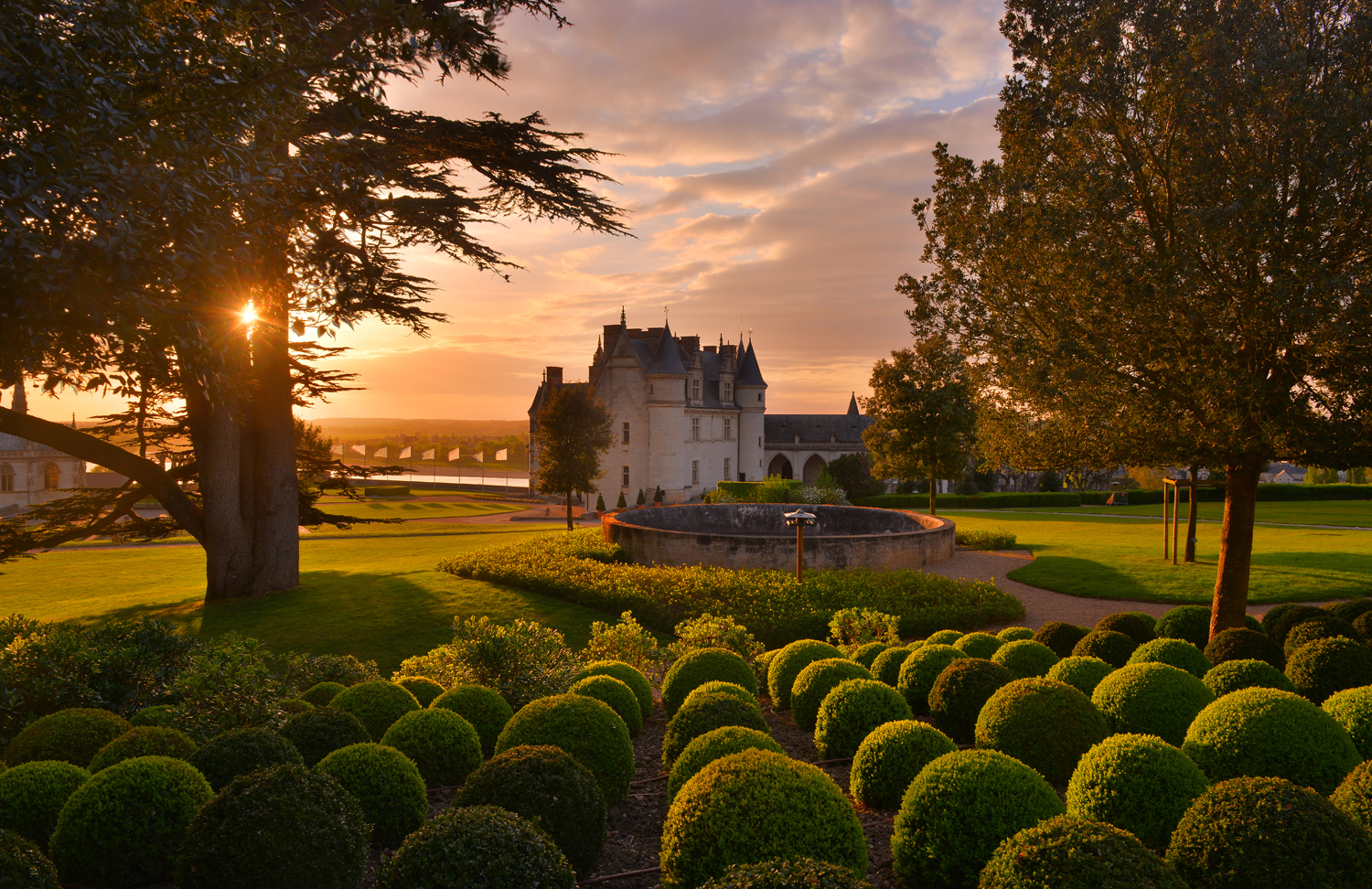
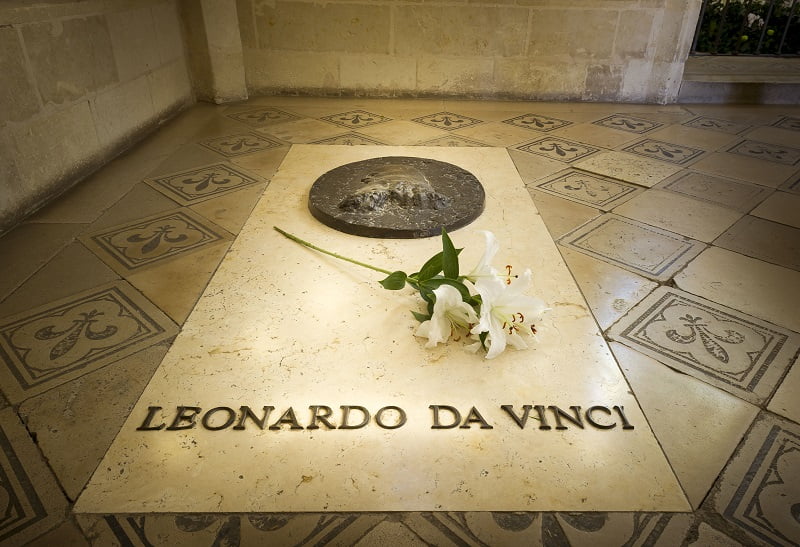
Leonardo da Vinci, a star at the Royal Chateau of Amboise
One of the most important testimonies to the life of François 1er at Amboise is the invitation extended to Leonardo da Vinci, the Florentine genius, to settle in the pretty town on the banks of the Loire. It was in the autumn of 1516 that Leonardo da Vinci set down his easels and parchments in Amboise, at the Chateau of Clos Lucé, a stone’s throw from the Royal Chateau. He worked there for the King for three years, before passing away on May 2, 1519. In accordance with his wishes, he was buried in the Saint Florentin collegiate church of the Royal Chateau. His presumed remains, exhumed more than three centuries later, now rest in the Gothic jewel that is the chapelle Saint Hubert, magnificently restored in 2024.
Louis-Philippe, King of the French at the Royal Chateau of Amboise
In 1830, another king, Louis-Philippe, took possession of the illustrious monument. He set about preserving what could be preserved, but the château had suffered the ravages of time. It was against this backdrop that an extraordinary personality took up residence, despite himself, for several years. After fighting against the French army in the Algerian desert, Emir Abd El Kader was taken prisoner and transferred to Amboise with twenty-five members of his “smala”. Unaccustomed to the harshness of the Loire winter, ten of them lost their lives. Today, they rest in the Muslim square, high up in the magnificent gardens of the Royal Chateau of Amboise.
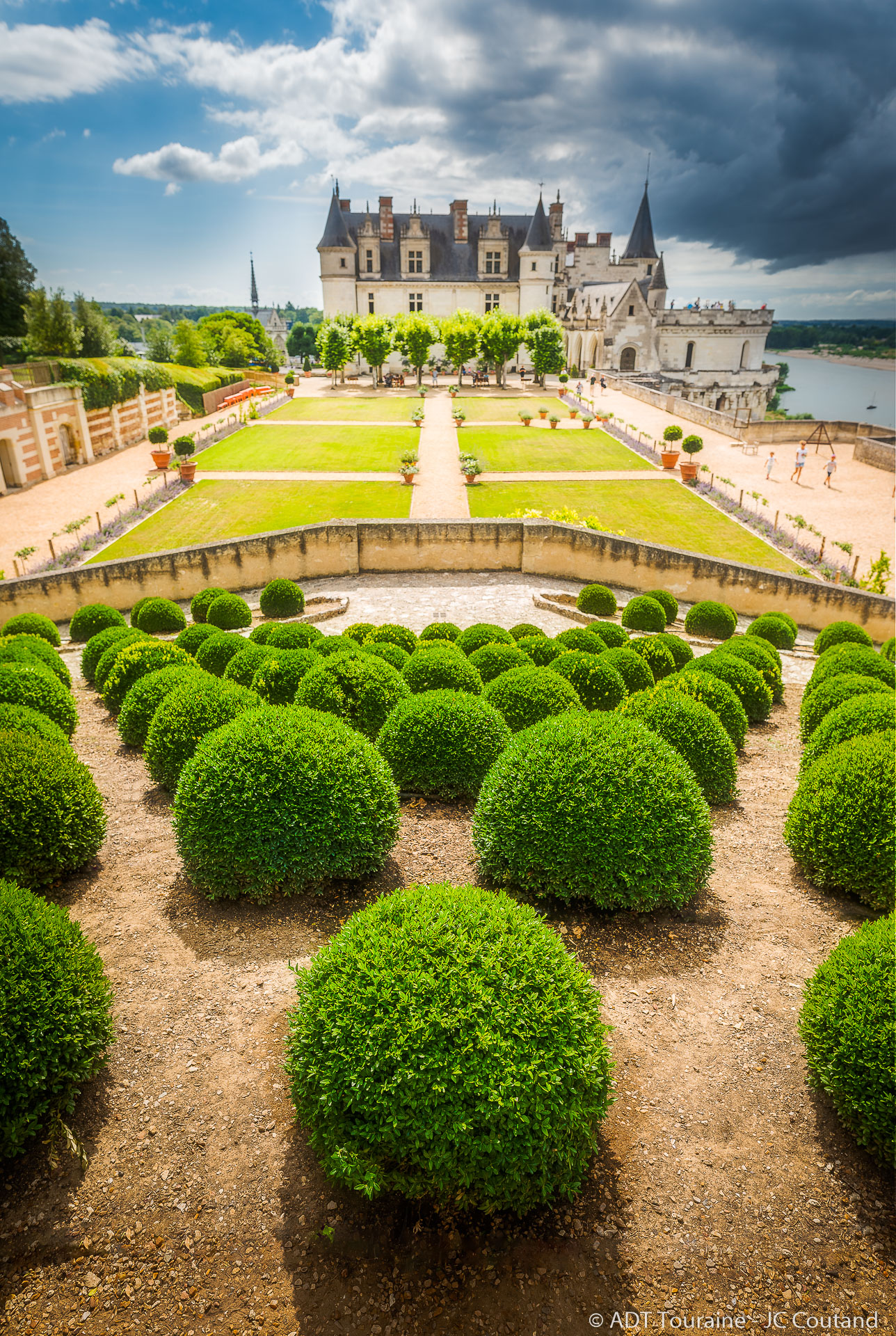
Practical information
The Royal Chateau of Amboise is open all year round, except on December 25 and January 1. An histopad is available at no extra charge for an immersive visit, enabling you to discover the monument’s entire original layout. Free guided tours are also available. In season, a café serves refreshments and snacks.
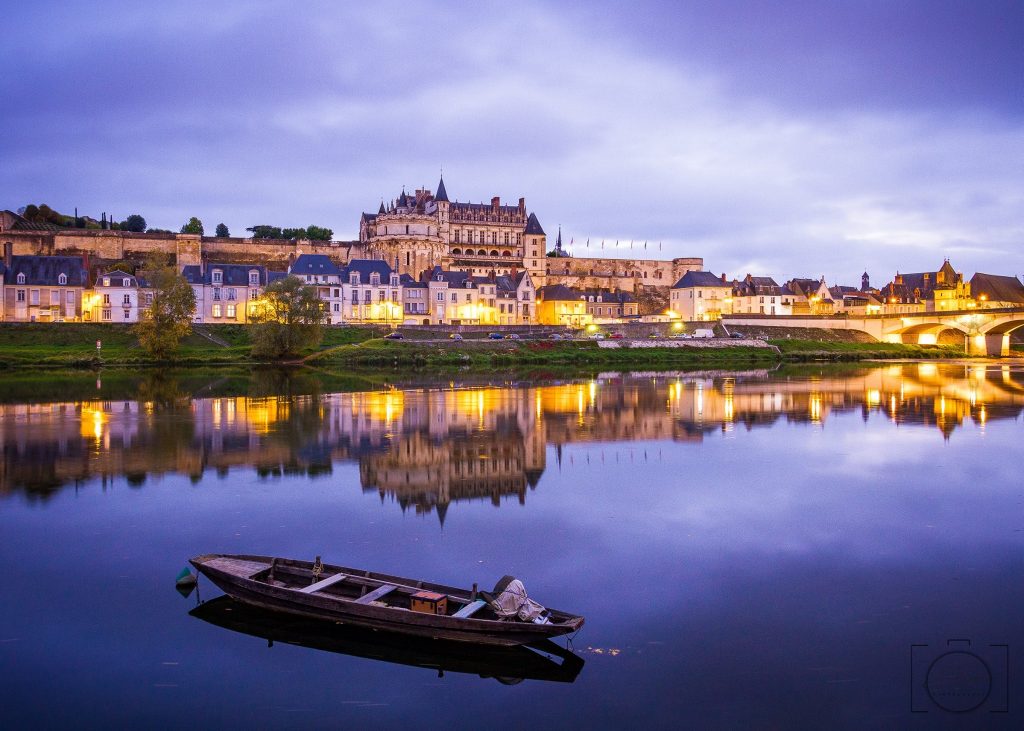
Frequently asked questions
How do I get to the Royal Castle of Amboise?
The Royal Castle of Amboise is located in the heart of the town of Amboise, near the Loire River. It does not have a car park; the Tanneurs car park, 200 meters away, and the Marché car park, 300 meters away, are the closest free car parks.
What can you see at the Royal Château of Amboise?
The Royal Château of Amboise was the first château built during the Renaissance. Visitors can explore the furnished rooms that recall the time of Kings Charles VIII and François I. In addition, one floor is dedicated to the time spent there by the family of King Louis-Philippe. The gardens overlooking the Loire River have a Mediterranean feel and offer extraordinary views.
Who is buried at the Château d’Amboise?
Leonardo da Vinci, who died on May 2, 1519, in Amboise, is buried in the Saint-Hubert Chapel at the Château d’Amboise.
How long does it take to visit the Château d’Amboise?
A visit to the Château d’Amboise lasts between 1.5 and 2 hours on average. For those who enjoy strolling around or taking a guided tour, the visit can take up to around 2.5 hours.
How much does it cost to visit the Amboise Castle?
For 2025, admission to the Château d’Amboise is €16.90 for adults and €10.80 for children aged 7 to 18. Reduced rates are also available for students, people with reduced mobility, and families with at least three paying children.
What are the opening hours of the Chateau of Amboise?
For the year 2025, the Royal Castle of Amboise is open:
From January 1 to January 5, 9:00 a.m. to 4:30 p.m.
From January 6 to February 7, 10:00 a.m. to 12:30 p.m. and 2:00 p.m. to 4:30 p.m.
From February 8 to February 28, 9:00 a.m. to 5:00 p.m.
From March 1 to March 31, 9:00 a.m. to 5:30 p.m.
From April 1 to April 30 9:00 a.m. to 6:00 p.m.
From May 1 to June 30 9:00 a.m. to 6:30 p.m.
From July 1 to August 31 9:00 a.m. to 7:00 p.m.
From September 1 to October 17, 9:00 a.m. to 6:00 p.m.
From October 18 to November 2, 9:00 a.m. to 5:00 p.m.
From November 3 to December 19, 9:00 a.m. to 12:30 p.m. and 2:00 p.m. to 5:30 p.m.
From December 20 to December 31, 9:00 a.m. to 5:30 p.m.


